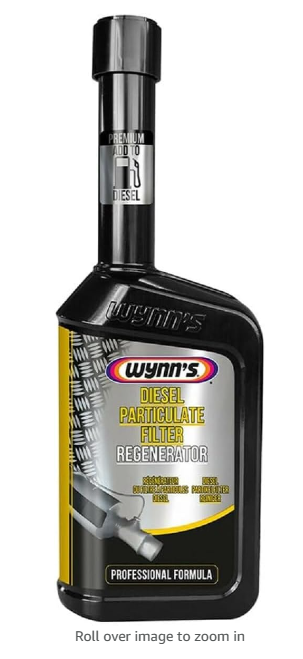Motorhomes offer unparalleled freedom for travel enthusiasts, but with a variety of options available, choosing the right one can be overwhelming. Understanding the differences between motorhome types can simplify your decision-making and help you find the perfect vehicle for your adventures. This guide breaks down the main categories of motorhomes, their advantages, and what to consider when choosing.
Class A Motorhomes: The Luxury Choice
Class A motorhomes are large, bus-like vehicles with spacious interiors and luxurious amenities. Typically built on a commercial chassis, they have full-size kitchens, multiple slide-outs, and high-quality furnishings.
The main advantage of Class A motorhomes is the ample living space they provide, making them ideal for families or couples on extended trips. However, this size comes with higher fuel consumption and more challenging manoeuvrability. Assessing these factors is crucial to determine if a Class A suits your travel style. Of course, if you want to find your perfect used motorhome, ensure that you consider if the luxury and space of these models align with your needs. There are many key features of a Class A motorhome, including:
- Spacious Living: Ample room for sleeping, cooking, and relaxing.
- Luxury Amenities: High-end furnishings and appliances for comfort.
- Entertainment Options: Many models include large entertainment systems, outdoor kitchens, and more.
Class B Motorhomes: The Compact Option
Class B motorhomes, or camper vans, are compact and fuel-efficient vehicles. Built on a standard van chassis, they are easy to drive and park, making them great for urban explorations and shorter trips. Although they may lack the extensive living space of larger models, many designs maximise interior functionality with foldable furniture and clever storage solutions.
The main advantages of Class B motorhomes are their versatility and affordability, making them a popular choice for solo travellers or couples. Their smaller size also allows for easier navigation in busy areas.
Advantages of Class B Motorhomes
- Manoeuvrability: Easy to drive in tight spaces and city environments.
- Fuel Efficiency: Typically consume less fuel than larger models.
- Convenience: Ideal for spontaneous trips and short stays.
Class C Motorhomes: The Best of Both Worlds
Class C motorhomes offer a mid-sized option that combines features of both Class A and B. Recognisable by their distinctive over-cab sleeping area, they strike a balance between space and manoeuvrability. Class C models generally provide more amenities than Class B while being easier to drive than Class A.
These motorhomes are family-friendly and can accommodate larger groups comfortably, making them a versatile choice for various travel experiences.
Features of Class C Motorhomes
- Flexible Living Space: Configurations to maximise sleeping and living areas.
- Affordable: Generally costs less than Class A models, offering good value.
- Versatility: Suitable for both short trips and extended travels.
Factors to Consider When Choosing a Motorhome
When deciding which type of motorhome best meets your needs, consider the following factors:
- Travel Style
Assess your travel frequency and duration. Are you planning long road trips or short getaways? Your intent will influence the motorhome type that fits your lifestyle.
- Comfort Preferences
Determine how much space you need for living and sleeping. Larger groups may benefit from Class A or C models, while solo travellers or couples might prefer Class B for ease of use.
- Budget
Consider the initial purchase price and the ongoing operational costs, including fuel efficiency and maintenance. Smaller motorhomes generally incur lower operational expenses.
- Storage Capacity
Think about your gear and belongings. Ensure the motorhome has adequate storage options for your travels, such as cabinets, under-bed storage, and exterior compartments.
- Driving Experience
Evaluate your comfort level when driving motorhomes of different sizes. Larger models may require more experience and confidence to manoeuvre effectively.
Test Driving and Research
To make a well-informed decision, test drive various motorhome types to experience handling and comfort levels. Reviewing owner experiences and maintenance insights can clarify what to expect during ownership.
Understanding the different types of motorhomes empowers you to select the best choice for your travel needs. You can ensure countless enjoyable journeys by carefully evaluating your preferences and lifestyle.



